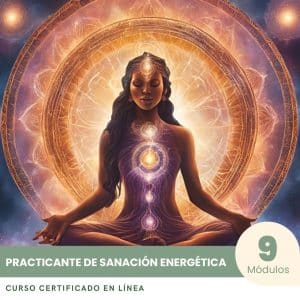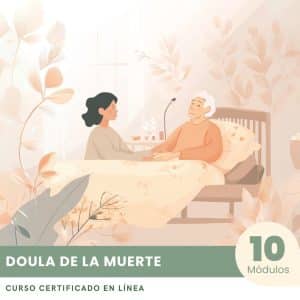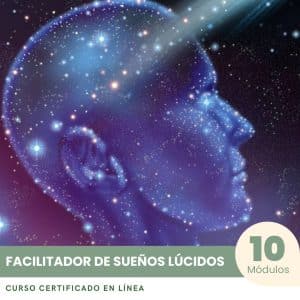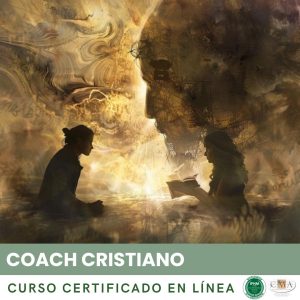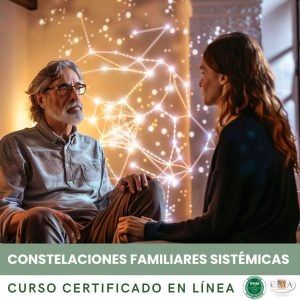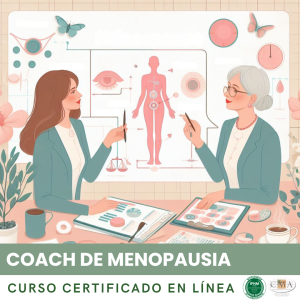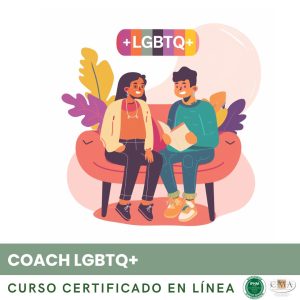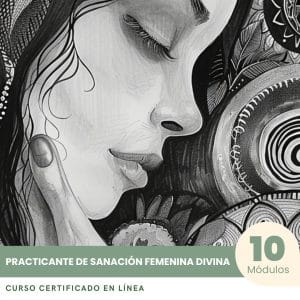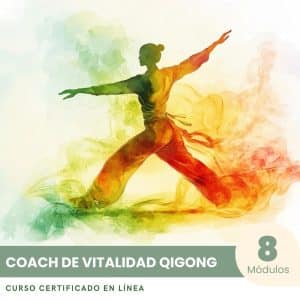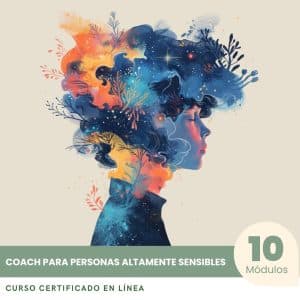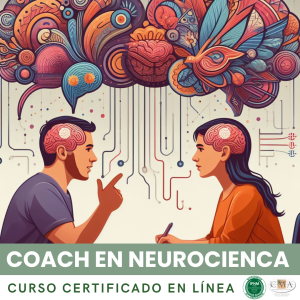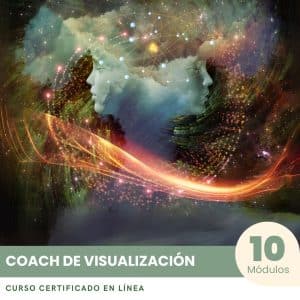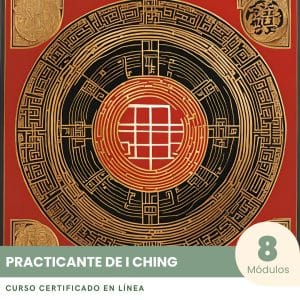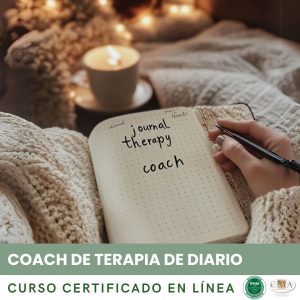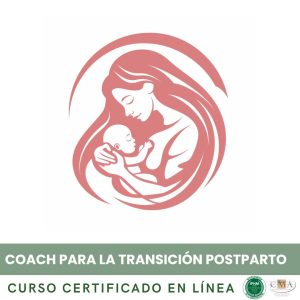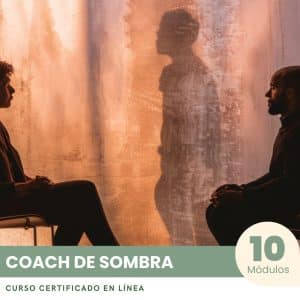7.9 – Mind Mapping for Idea Exploration
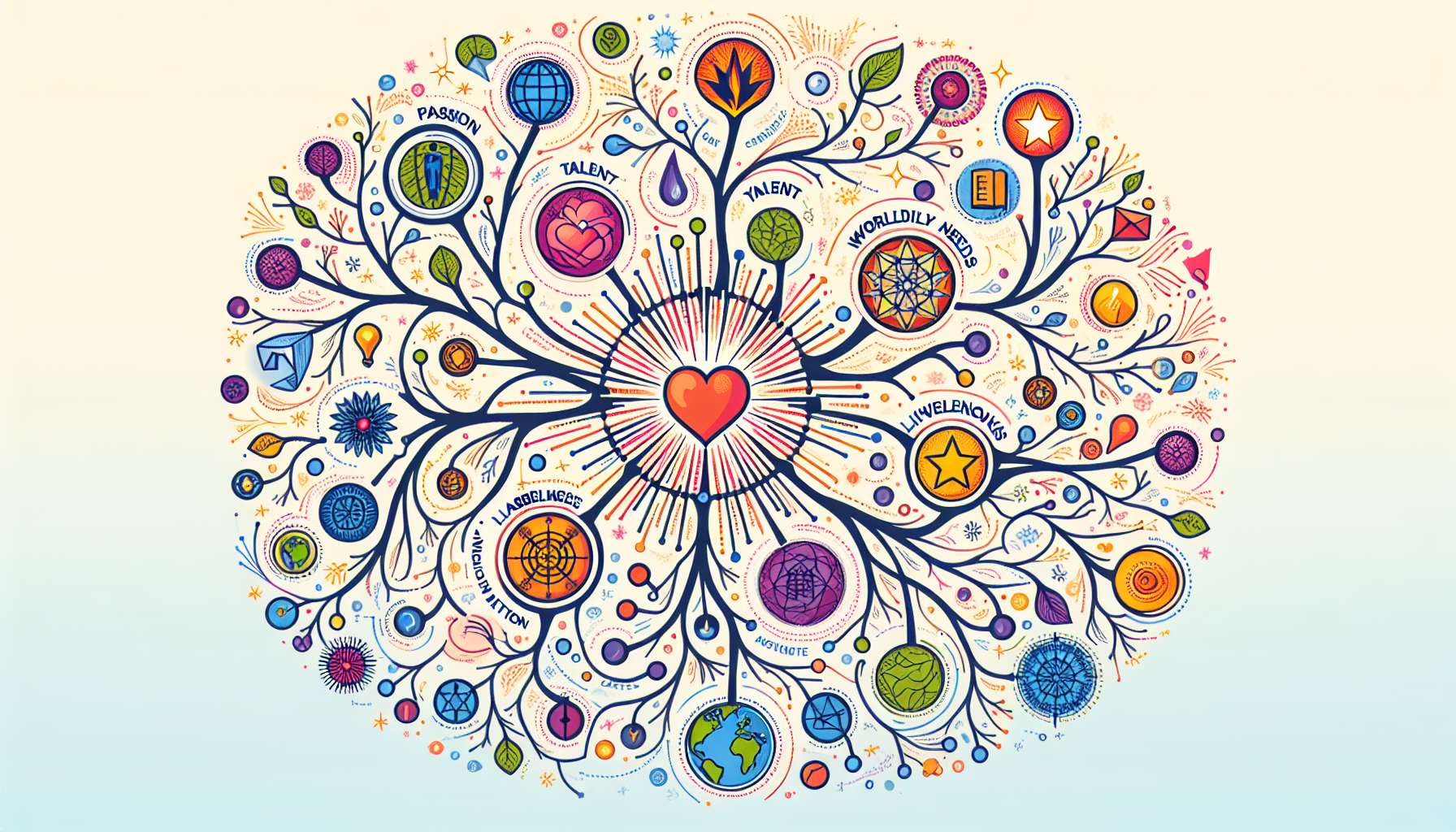
Mind mapping is a powerful visual tool for exploring and organizing one’s ideas in a creative and intuitive way. In the context of Ikigai coaching, it allows the client to map out their thoughts, bring out new directions, and clarify the links between the different dimensions of their deep aspiration. By creating a graphical representation of their mental universe, the client stimulates divergent thinking, identifies unexpected connections, and arrives at a comprehensive and organic vision of their Ikigai.
The coach introduces mind mapping as a complementary tool to other exploration tools seen previously, such as the 4-circle diagram, self-assessment questionnaires, or the scale of values. They invite the client to let their imagination run free and to temporarily suspend judgment, to allow the emergence of new and original ideas. Mind mapping is practiced in a playful and benevolent spirit, without performance pressure or immediate results.
During a coaching session, Sophie embarks on the creation of a mental map around her professional retraining project. At the center of her sheet, she records her aspiration to transmit and to create links. Then, she lets her ideas follow freely, drawing branches and sub-branches in line with her associations: education, compassionate communication, collective intelligence, mediation, art therapy… Throughout her exploration, she discovers unsuspected paths and gradually clarifies the contours of her Ikigai.
Mind mapping allows for a deep exploration of each of the dimensions of the Ikigai, while organically linking them to each other. The coach can suggest that the client start from the center of their map with their deep aspiration, then create main branches for each of the 4 circles: passion, talent, world need, and remuneration. The client is encouraged to freely explore each branch, associating keywords, images, emotions, or concrete experiences. As they go along, they can draw connections between the different branches, identify bridges or synergies, and bring forth an integrated vision of their Ikigai.
Marc embarks on the creation of a mental map to clarify his entrepreneurial project. He starts from his aspiration to contribute to a more sustainable world and creates four main branches: his passions (nature, technology, innovation), his talents (creativity, problem-solving, communication), the world’s needs (ecological transition, responsible consumption, circular economy), and potential economic models (the sale of eco-designed products, sustainable development consulting, training). By drawing connections between these different dimensions, he comes up with a project idea aligned with his Ikigai: creating a mobile application to encourage eco-friendly habits on a daily basis.
Mind mapping is a particularly suitable tool for exploring shadows or tensions in the search for Ikigai. By creating branches for fears, limiting beliefs, or perceived obstacles, the client can bring them to light, question them, and overcome them. The coach encourages them to transform these barriers into levers, identifying resources, qualities, or supports that can help them overcome them. This approach helps to normalize difficulties and strengthen the client’s sense of agency.
Julie uses mind mapping to explore her blockage towards her desire for life change. She creates a “fears” branch where she lists her fears: failure, other people’s perceptions, loss of financial security… Then, she creates a “resources” branch where she identifies her strengths: her determination, her support network, her transferable skills… By connecting these two branches, she realizes that her resources are stronger than her fears and feels capable of daring to change.
Mind mapping is a living tool, which evolves over coaching sessions and the client’s journey. The coach invites them to enrich and transform their map in light of their reflections, experiences, and new ideas. The map becomes a platform for dialogue and co-creation, allowing the coach and the client to visualize together the progress, questions, and next steps. It also serves as a written record of the exploration process, which the client can keep and consult between sessions to nourish their reflections and maintain their motivation.
Over the course of her Ikigai coaching, Sophie evolves her initial mental map. She adds new branches as per her meetings and discoveries: trainings that inspire her, professionals she admires, specific projects that she considers… Her map becomes a true visual ecosystem, reflecting her journey toward her Ikigai of being a compassionate communication trainer. During her last session, she proudly shares it with her coach, a living testimony of her transformation process.
Mind mapping is a powerful tool for exploring and clarifying Ikigai. By allowing to visually map out ideas, bring out new connections, and connect the different dimensions of their deep aspiration, it stimulates creativity, clarifies thought, and strengthens the client’s motivation. Used in combination with other Ikigai coaching tools, such as the 4-circle diagram, self-assessment questionnaires, or the scale of values, it contributes to a comprehensive, organic, and embodied vision of the Ikigai. More than just a tool, it becomes a true travel companion, a living witness of each client’s unique journey towards a life rich in meaning and fulfillment.
Key takeaways:
– Mind mapping is a powerful visual tool for creatively and intuitively exploring and organizing one’s ideas in the context of Ikigai coaching.
– It allows the client to map out their thoughts, bring forth new paths and clarify the links between the different dimensions of their deep aspiration.
– Mind mapping is practiced in a playful and caring spirit, without any pressure for performance or immediate results.
– It allows for a comprehensive exploration of each Ikigai dimension (passion, talent, world need, remuneration) while organically connecting them.
– The client is encouraged to freely explore each branch, associating keywords, images, emotions, or concrete experiences.
– Mind mapping is adapted to explore shadows or tensions in the Ikigai quest, by turning hurdles into levers.
– It’s a living tool that evolves over coaching sessions and the client’s journey. It serves as a dialogue platform, a co-creation space, and a written record of the process.
– Used in combination with other tools (4-circle diagram, questionnaires, value scale), it contributes to a comprehensive, organic, and embodied vision of the client’s Ikigai.
👉 To download docx (Editable) file click here : Click here
👉 To download PDF file click here : Click here
👉 To download MP3 file click here : Click here

